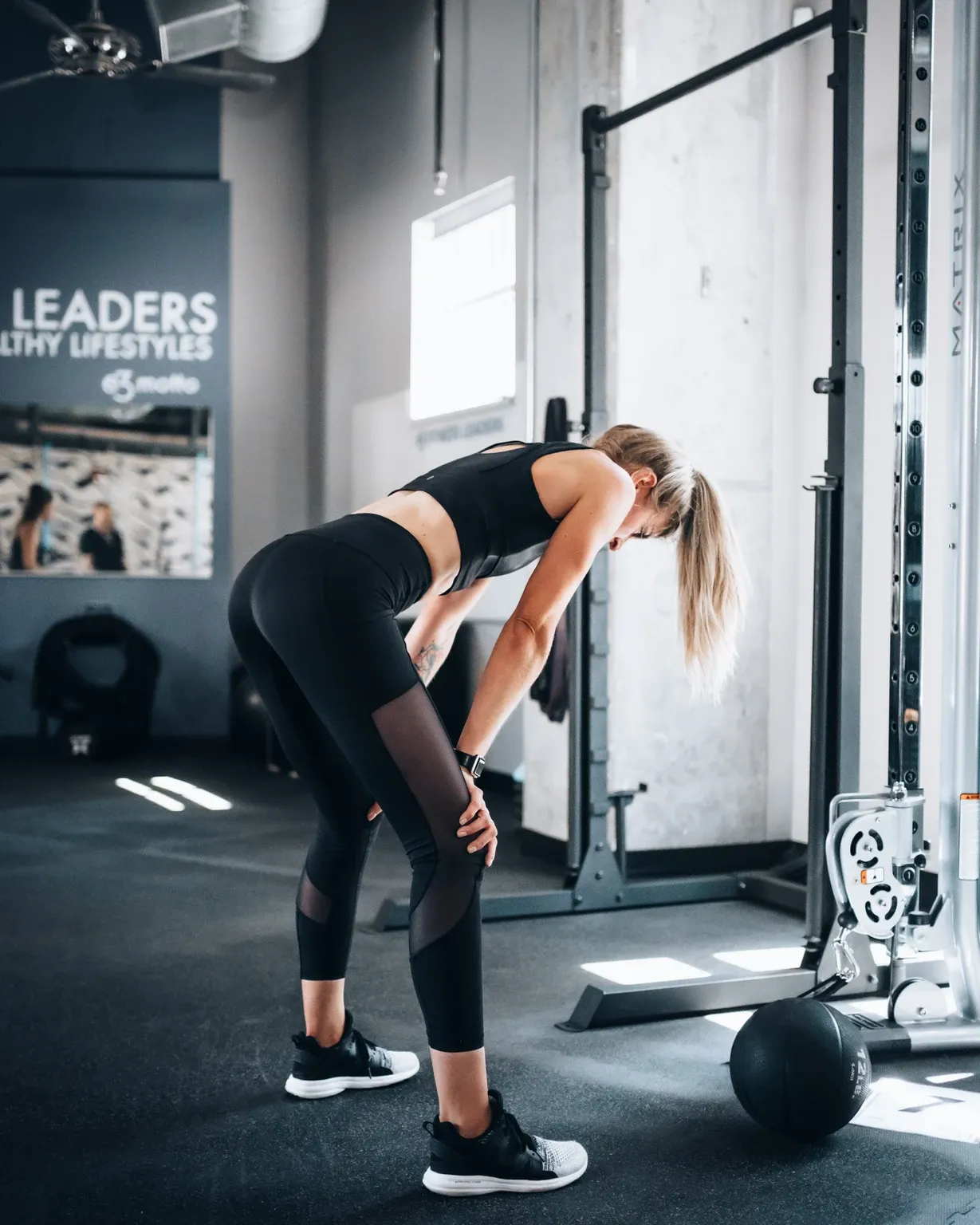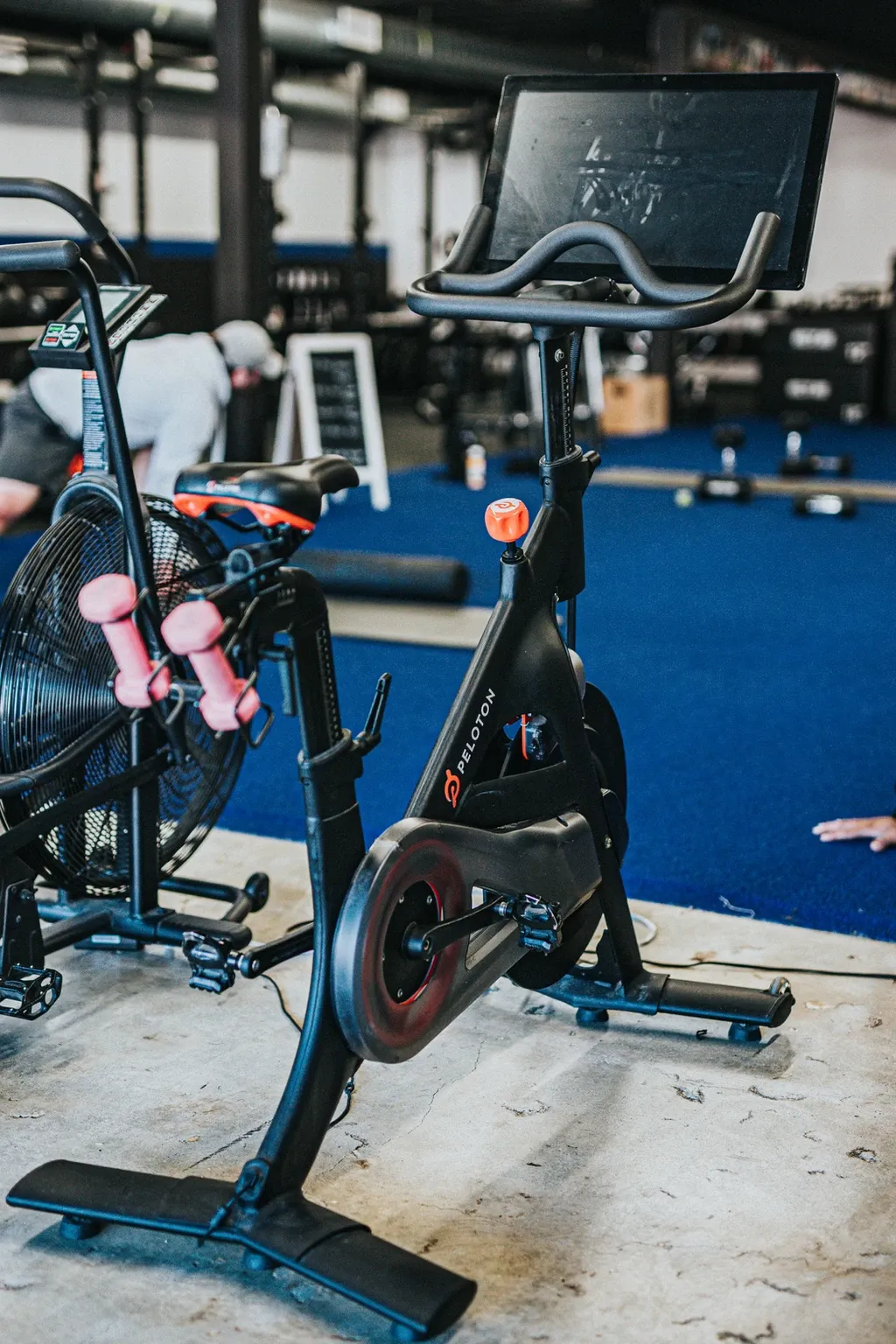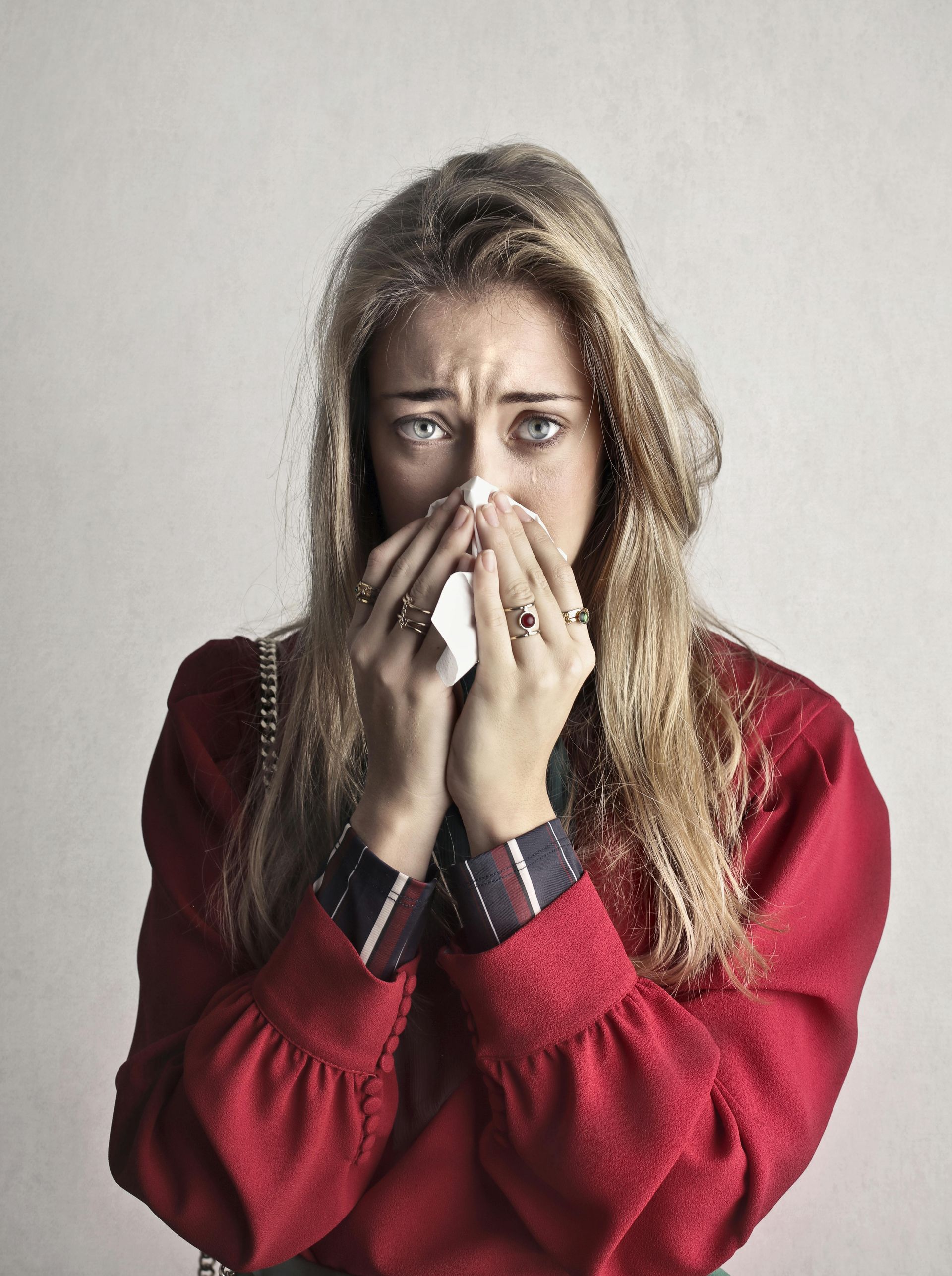What is HIIT?
HIIT is not any specific exercise, rather, it is a technique. You can apply this technique to almost any kind of exercise whether it be walking, riding a bike, swimming, doing some body weight exercises or even dancing in your living room.
** ALWAYS CHECK WITH YOUR PHYSICIAN BEFORE STARTING ANY FORM OF EXERCISE FOR HIGH BLOOD PRESSURE
HIIT training consists of combining very short bursts of working at your absolute max alternating short periods of active recovery rest. Research has found that this form of exercising gives you more health benefits than any other way of exercising.
It shortens the amount of time you need to spend on exercise and is more effective; you work out for just 10-30 minutes and reap impressive health benefits. You burn more body fat, your metabolism is stimulated for long after you finish exercising, and it also it helps you utilize oxygen more efficiently.
One of the biggest benefits people find from HIIT is the reduction in training time. Through HIIT, you can put in about half the amount of time compared to traditional cardio exercise to reach your goals.















